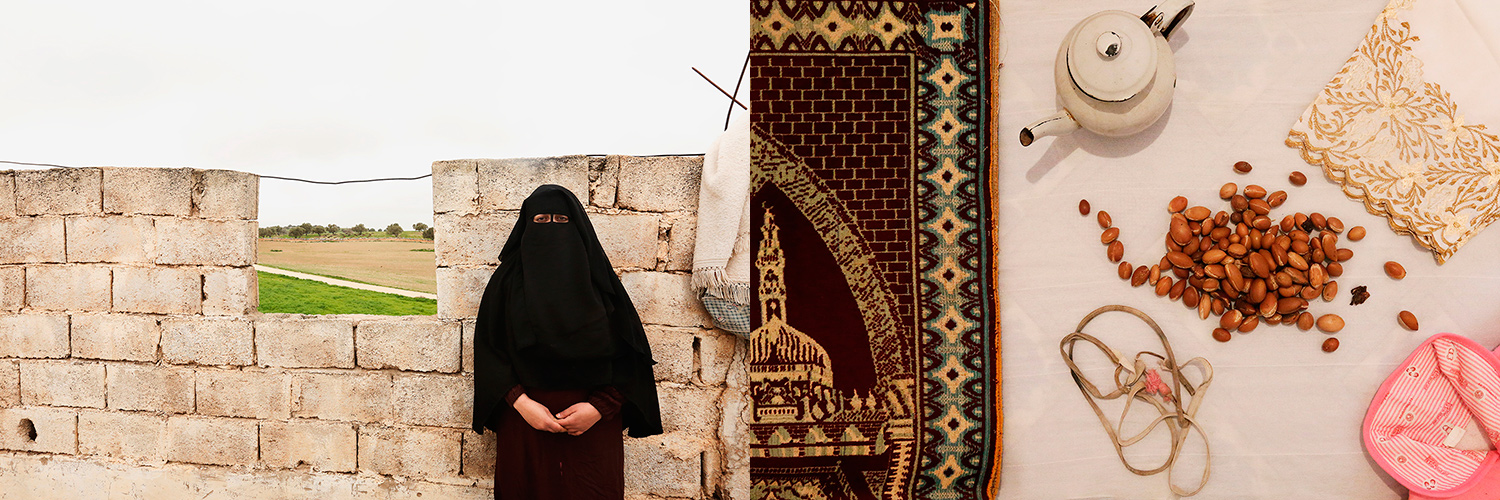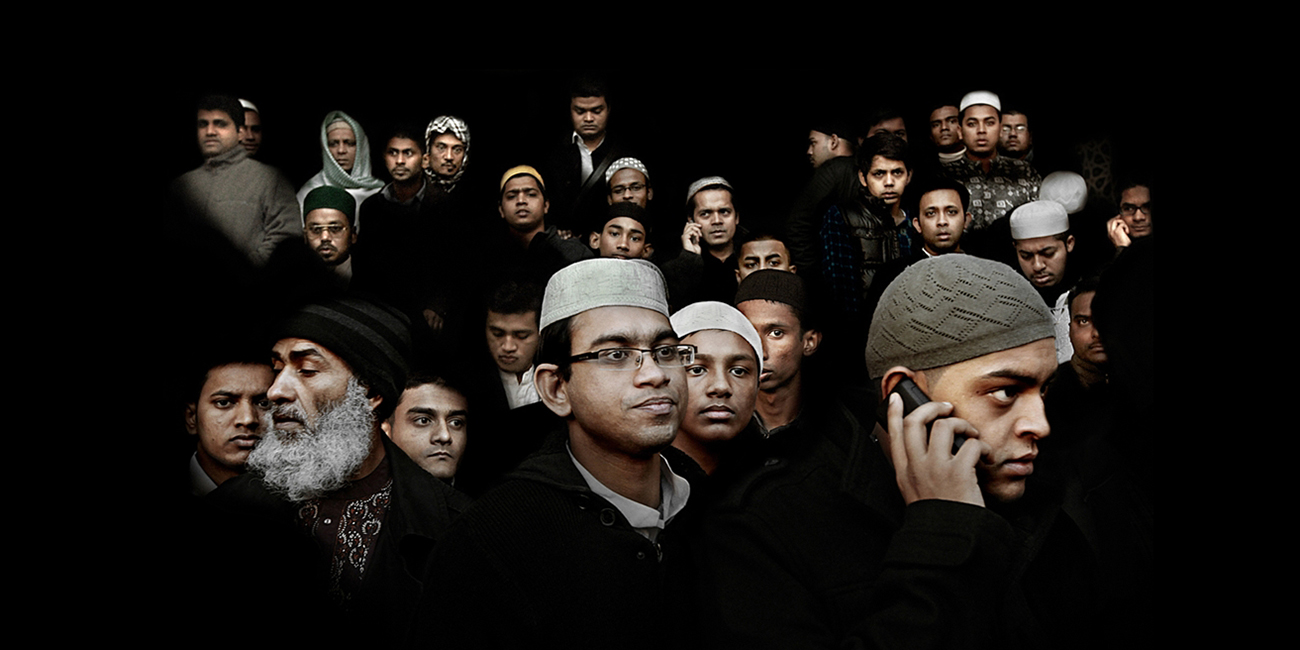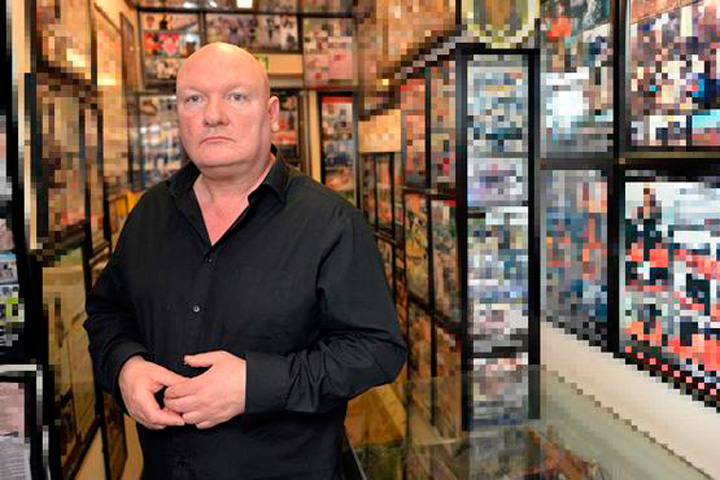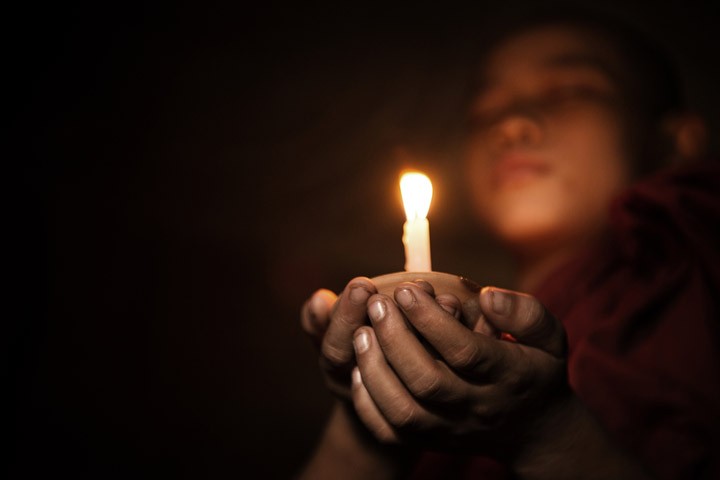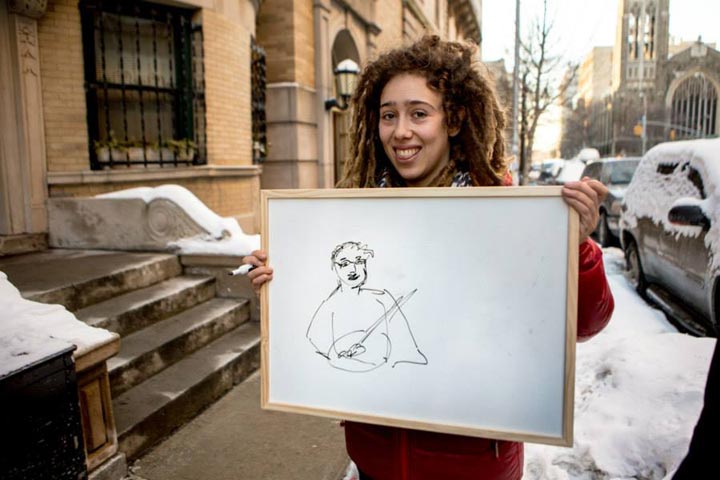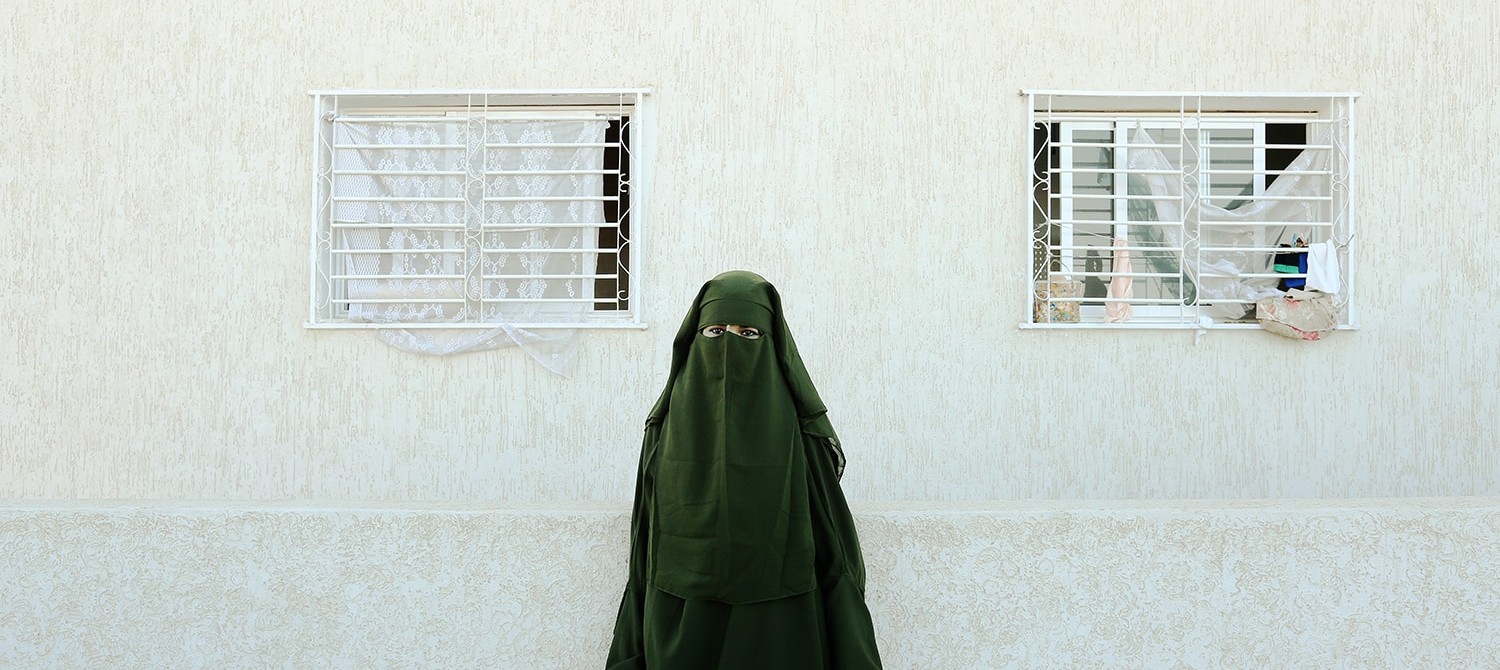
Ksenia Diodorova on What Women in Hijabs Are Really Like
You don’t see hijab-wearing women in photo projects very often — they don’t tend to be very open or show themselves. Not to mention that Islam in general prohibits the depiction of live beings. When photographer Ksenia Diodorova worked in Morocco on her story Dreams Behind the Hijab, more than forty women declined to work with her. Eventually though, she found Muslim women who agreed to let her into their world and with whose help she shows in her project that the East and the West are not as far apart as they seem.
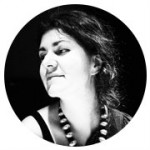
Born and raised in St. Petersburg. Director and co-founder of visual communication studio and school Gonzo Design, where she developed original experimental educational programs and methods. As a photographer, Ksenia takes interest in research and projects in visual anthropology, creates independent documentary stories and develops multimedia projects together with her colleagues, such as In the Cold, Dreams Behind the HIjab, Seat Number Seven: Parallel Program, Breathe_Breathe, Duende.
I came up with the English name of the project first, because of the double meaning of the word ‘dream’. My very first idea was absurd and epic — to photograph what the women saw in their sleep, to ask them to recollect meaningful dreams or present me with an imaginary plot, so that I could reconstruct it in a picture. But I almost instantly gave up on this idea. And, as it turned out later, none of my heroines was ready to be photographed in the street.
Even the photographs that were taken outside, were in fact taken on the roofs of those houses where the women lived. We had to shoot so that nobody would see it, not even the neighbors, and except for the members of their families.
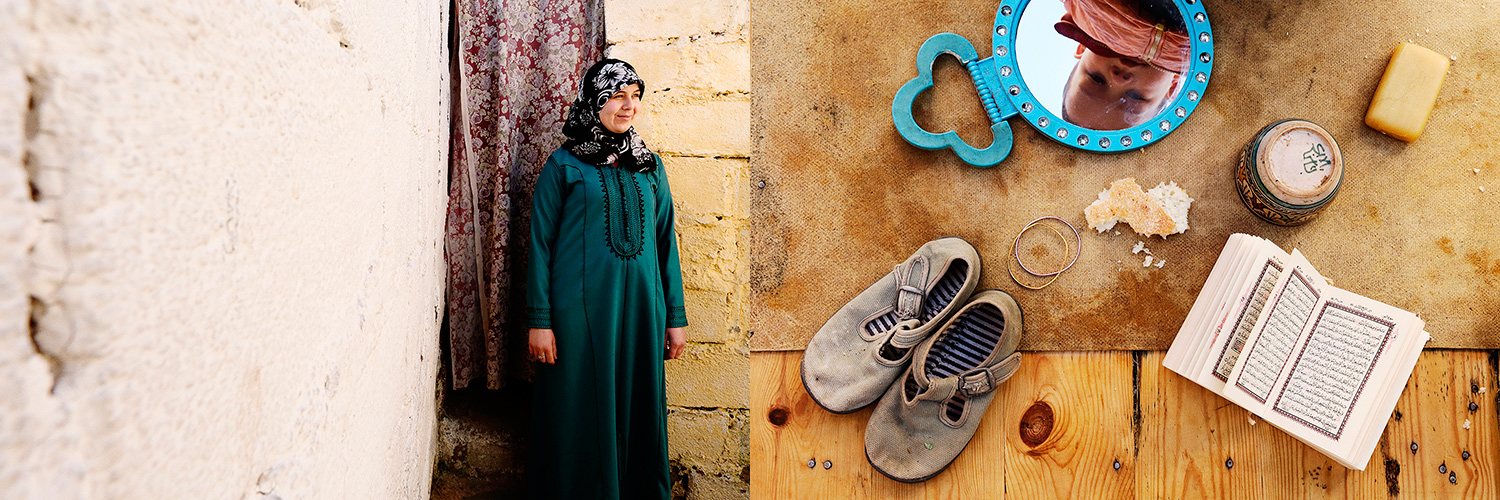
What remained from the original idea was the use of images and symbols. This is how we came to using still life.
I asked every one of the women to compose a still life out of the objects they found at home. Every object is an image, or an association for one of the important notions: home, childhood, dream, occupation, faith, and family. It seemed to me that interacting with familiar things will allow us to surpass the standard interview format (question — answer), where you force a person to suddenly think of something, recollect something. We placed the women not in front of ourselves directly, but in front of an object which was a part of their familiar environment.
From early on I realized that I wanted to work on a deeper level, which would provide information that is not superficial and allow us to place the heroines of my project in a context, mood, and environment, where they would feel free to talk about really personal things. It is difficult to achieve in a documentary story, as the person is always influenced by the presence of a researcher.
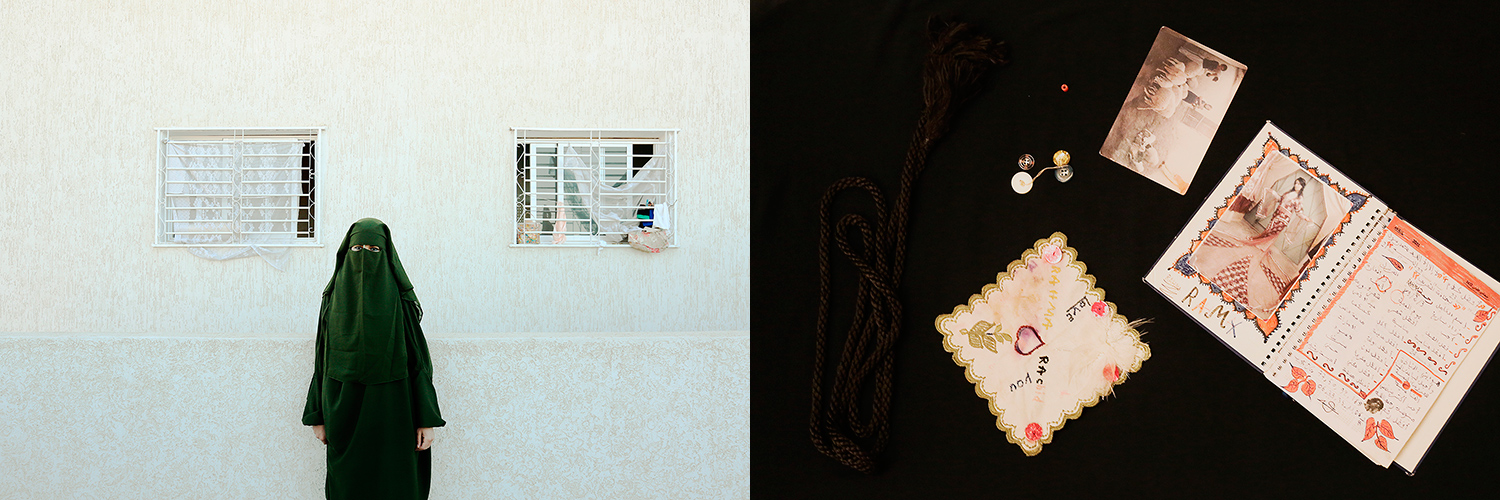
It is one thing when a person is in the familiar environment by themselves. And it is something else when they definitely know that someone is collecting information about them. And here the form that I came up with for this project helped me a lot.
During the shoot the women held the chosen objects in their hands — often, they don’t even look into the camera, but speak, holding a mirror, or sandals, or a pestle.
These small objects are connected with some very specific episodes, people, emotions, and talking about them, the women recollected some very special, sensual, personal moments, that cannot be reached instantly, in the first layer of our memories.
One of the first comments about the project I received was as follows: Oh, they play elastics, too! These common, sometimes unexpected and minor details (child’s play, big deal!) are what helps build a bridge between two people — a viewer and a heroine, or a readers and a heroine — the bridge that is necessary to start communication. These minor details completely connect different cultures. And this was our main goal.
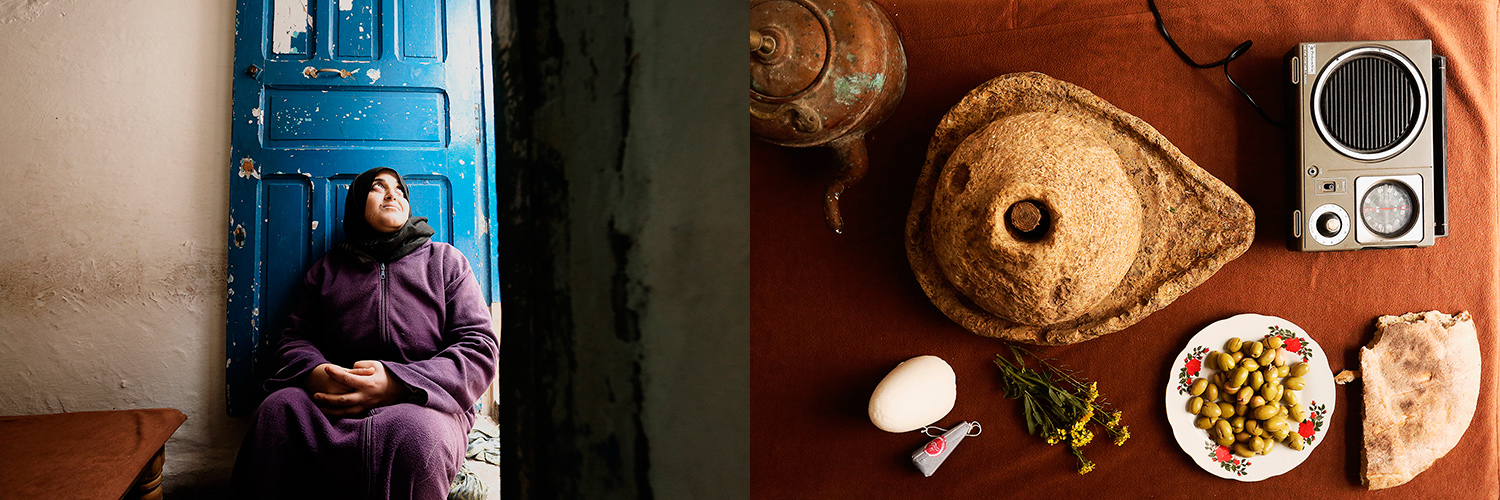
I didn’t aim to preach to the audience: Look guys, they are the same as us! Of course, they are not the same. But the goal of all of my projects is to give a reason to take an interest in each other and to have a good look at each other. And do it without judgement, which means to have a bigger picture, to be able to allow for those differences. And accept them. When we see and accept the differences, we feel our sameness, too. And this simultaneous expression of difference and sameness complements each other and creates harmony. This is the most interesting thing in relationships between people.
A common viewpoint between people is built based not on religion or nationality, but based on common values.
When choosing themes for still life objects, I drew a huge mind map in my head, with the word ‘human’ in the middle. And I continued to add all notions that define us to this scheme, making it as detailed as possible. And then, out of all the words I kept only six, which seemed the most common, universal, and at the same time valuable to me. Every human being has those, regardless of where they were born and which culture they were raised in.
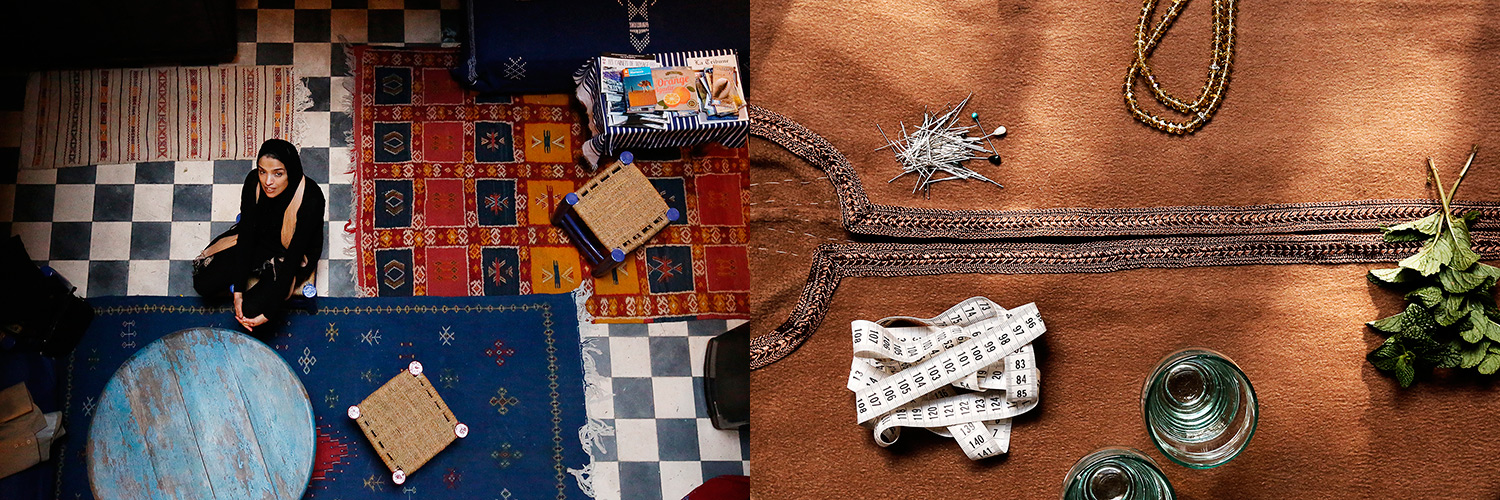
Today, the hijab is one of the objects that make people feel fear. And of course, this is what constitutes the initial problem. Even people I know react to the title picture with “Oh God!”. The hijab has a persistent visual connotation of threat — and this is what is really scary.
For different women the hijab means completely different things. One young woman explained that a man came to her in a dream and told her that this way her life would have much more light in it. She said that she indeed had a feeling of calm since she started wearing hijab. Although no one else in her family wears it.
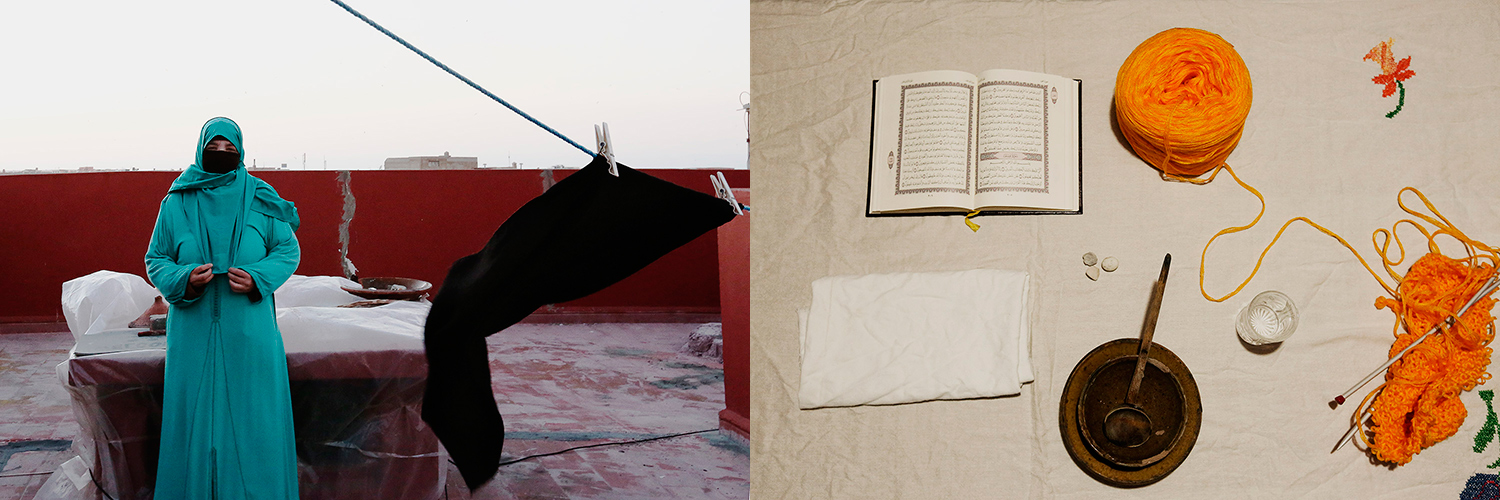
It sometimes seemed to me that the hijab in a way is a certain manifestation of feminism. It is like an attempt to make yourself sexless — neutralize the differences between a man and a woman, hide your direct female characteristics, the attributes of femininity. I understand that it is not like this for everyone. But when in Morocco you meet a hijab-wearing woman, employed, for example, as an IT engineer, you know that no one is taking her rights from her and preventing her from getting education.
All cultures can learn a lot from each other. And one of the main goals of all of my projects is to speak about those valuable things found inside every culture. By putting ourselves in someone else’s place and seeing the world the way they see it, we can find something for ourselves, enrich our own world.
This does not mean that we should all blend together, because the beauty is in the variety. Just as in nature, where you have different times of the year, different climates, terrain, and birds. This should be the same for people. You just need for cultures to flow smoothly one into the other and be balanced in a common environment.
